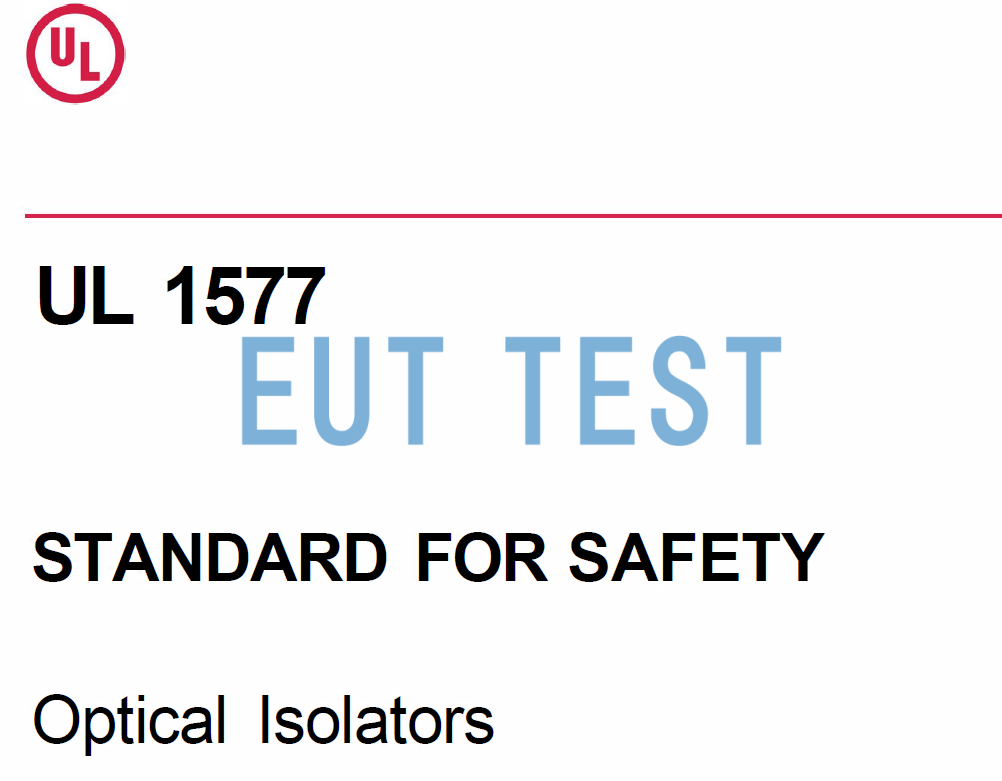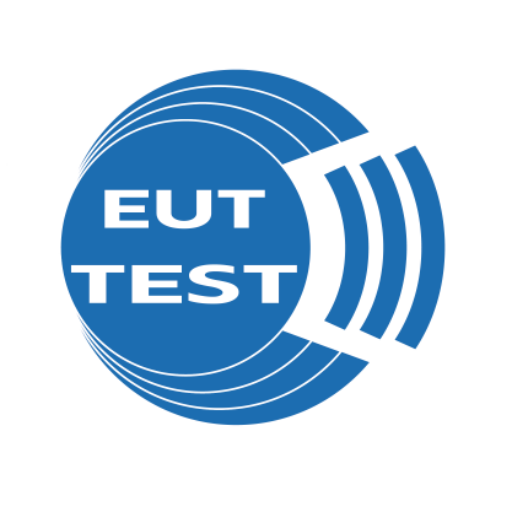What does the DIN VDE V 0884-11:2017-01 standard mean for digital isolator chip design?
- Article Directory: Learn to Test Digital Isolators
Introduction:
As of January 2020, the German Institute for Standardization (DIN) V Verband der Elektrotechnik, Elektronik und Informationstechnik (VDE) V 0884-10:2006-12 is no longer a valid certification standard for evaluating the intrinsic insulation properties and high-voltage capability of magnetic and capacitive current isolation products. is no longer a valid certification standard for assessing the inherent insulation characteristics and high voltage capability of magnetic and capacitive current isolation products.
This marks the end of a three-year transition period for manufacturers of integrated circuits (ICs) since 2017, when VDE published the updated standard DIN VDE V 0884-11: 2017-01. IC manufacturers must now either upgrade to the new certification requirements or remove the VDE certification from the corresponding datasheets.
Because the standard is the only component-level certification for basic and enhanced digital isolator chips (including integrated isolators such as isolation interfaces, isolated gate drivers, isolation amplifiers, etc.), it helps OEMs and end-equipment manufacturers be confident that digital isolators will meet the high-voltage requirements and end-equipment-level certification of their systems.
The role of digital isolators:
Digital isolators provide the signal isolation and level shifting that many circuits need to function properly. They also protect the user from electrical shock. These isolators must undergo extensive testing and certification to ensure user safety, as basic personal safety considerations are relevant. This application note summarizes international safety standards and certifications for digital isolators. Exercises using the MAX2244x family show how system designers must use datasheets and standard specification sheets to determine the best digital isolator for their application.
Why do digital isolators need to be isolated?
Isolation prevents conduction between two parts of a system (often referred to as domains) while still allowing the transmission of signals and power between them. In many industrial applications, the term "field side" refers to the higher voltage domain, e.g., 24V I/O, while "logic side" refers to the lower voltage domain, e.g., 3.3V and below (common in microcontrollers and such ICs).
There are several reasons why isolation is needed in an electrical system, which can be simplified to two:
High-voltage systems: Isolation is implemented to prevent current surges from damaging equipment, to protect the human body from supply voltages, etc. When safety is a concern
Analog Subsystems: Isolation is used to break ground loops involving different ground potentials, especially in precision measurement systems. It also helps isolate digital noise in analog systems.
Why is Digital Isolator IC Certification Important?
Certification enables equipment manufacturers to use the digital isolation devices you produce in their products worldwide with the confidence that they meet end-application design requirements and know that the isolator will operate reliably throughout its life cycle. Updates and revisions to certification requirements, such as those of DIN VDE, ensure that high voltage safety requirements remain relevant and stringent. Since there is no guarantee that component manufacturers meet the requirements of DIN VDE V 0884-11, it is important to review future and existing designs of board components to ensure that they still meet the certification requirements.
Digital Isolator Component Level Certification Standard:
UL1577
UL1577 specification applies to optoisolators. However, it is also used to characterize capacitive and inductive isolators. Ratings are strictly based on breakdown voltage. It does not include any requirements for electrical clearances or creepage distances. Equipment certified to this standard must be capable of withstanding an isolation voltage VISO (specified by each manufacturer), typically 2.5kVRMS or 5kVRMS for 1 minute. In addition, this specification allows for a 1 second production test at an isolation voltage of 120%. Devices that pass these requirements (plus VISO overload and thermal aging testing at 150%) receive single protection rating certification. The dual protection rating requires withstanding 20kV discharge testing (50 applications) and production testing at rated isolation RMS voltage or 2.5Kvrms/sec, whichever is greater.

UL1577
Implications of VDE 0884-11 for the Certification of Digital Isolators
VDE 0884-11 replaced VDE 0884-10 in 2020.The two main changes to 0884-10 were the addition of enhanced isolation ratings and life estimates (worst case life based on isolation barriers). All sections have been revised to take into account the completeness of the previous version:
Updated the Magnetic Coupler and Capacitive Coupler Definitions sections.
In addition to reinforced insulation, basic insulation was introduced.
Defines the life of the basic and reinforced insulation.
A voltage extrapolation factor is introduced to determine the lifetime.
Cumulative failure rates for basic and reinforced insulation over the rated life are presented.
Devices can be sent for certification to UL and VDE, the U.S. regulatory agency, and VDE, headquartered in Germany. All isolator datasheets have a table showing safety regulatory approvals, ensuring that the isolation performance of the device has been tested and certified by an international body.
UL 1577, IEC 60747 -5, IEC 60747-17 and VDE 0884 -11 standards are the key component level certifications required for digital isolators. In addition, depending on the end application, certifications under the IEC 60950 -1, IEC 61010 -1 and IEC 60601 -1 standards are also required.
- Created Date: 2024-08-16 10:29:49 ;
- Last modified on 2024-08-16 18:29:49 ;
